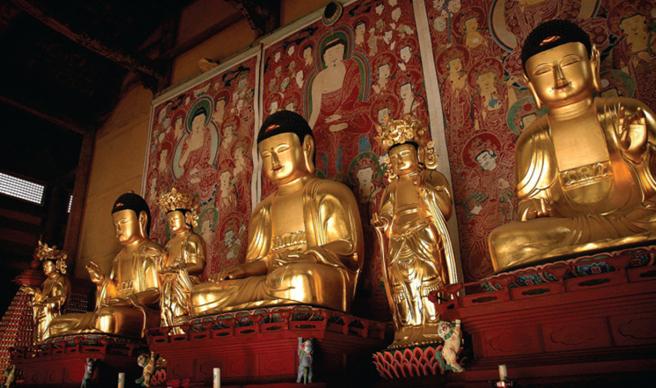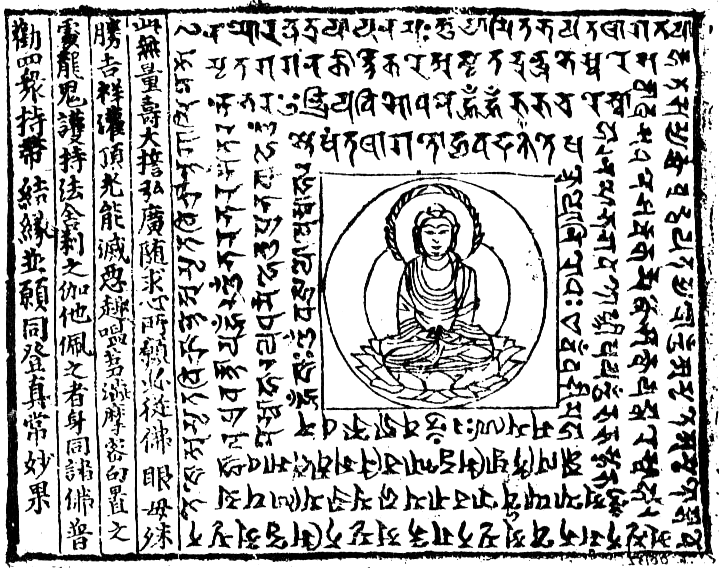
“Two Buddhas, Two Teachings” – Differences in Achievement (Part I)
In this series of “Two Buddhas, Two Teachings”, we have discussed at length Master Shandao’s Commentary on the Contemplation Sutra. In this text, he wrote of two

In this series of “Two Buddhas, Two Teachings”, we have discussed at length Master Shandao’s Commentary on the Contemplation Sutra. In this text, he wrote of two

Editor’s note: “Teachings of Amitabha Buddha” is an inspiring column about the vital spiritual matters of Pure Land Buddhism – from its history, philosophy, and practice

Editor’s note: “Teachings of Amitabha Buddha” is an inspiring column about the vital spiritual matters of Pure Land Buddhism – from its history, philosophy, and practice

Editor’s note: “Teachings of Amitabha Buddha” is an inspiring column about the vital spiritual matters of Pure Land Buddhism – from its history, philosophy, and practice

Editor’s note: “Teachings of Amitabha Buddha” is an inspiring column about the vital spiritual matters of Pure Land Buddhism – from its history, philosophy, and practice

Editor’s note: “Teachings of Amitabha Buddha” is an inspiring column about the vital spiritual matters of Pure Land Buddhism – from its history, philosophy, and practice

Editor’s note:“Teachings of Amitabha Buddha” is an inspiring column about the vital spiritual matters of Pure Land Buddhism – from its history, philosophy, and practice

The concept of “two Buddhas, two teachings” The title’s statement is extracted from the Commentary of Contemplation Sutra written by Master Shandao, the de facto founder of Pure

The Three Pure Land Sutras As we know, all Buddhist teachings are spoken and expounded by Shakyamuni Buddha. Shakyamuni also introduced the Pure Land teaching,